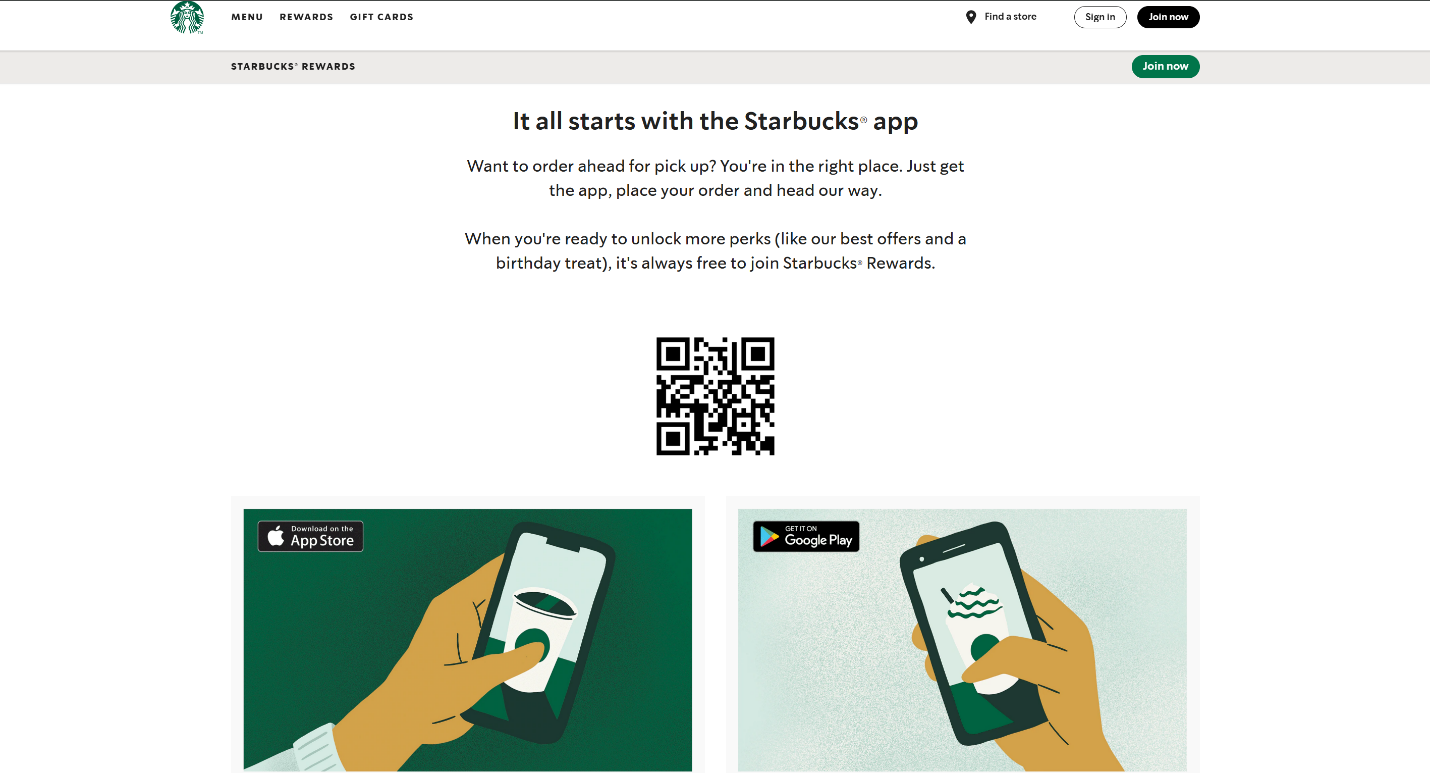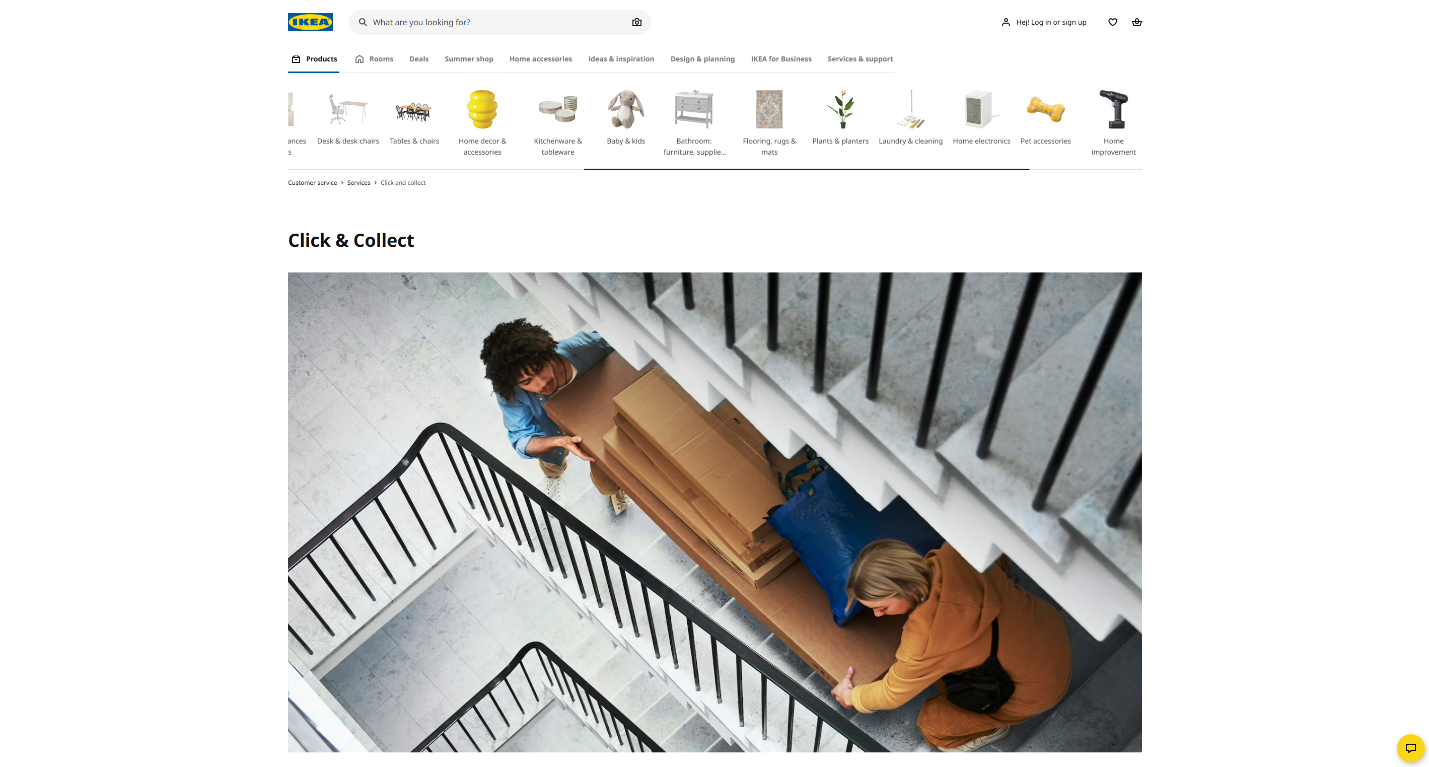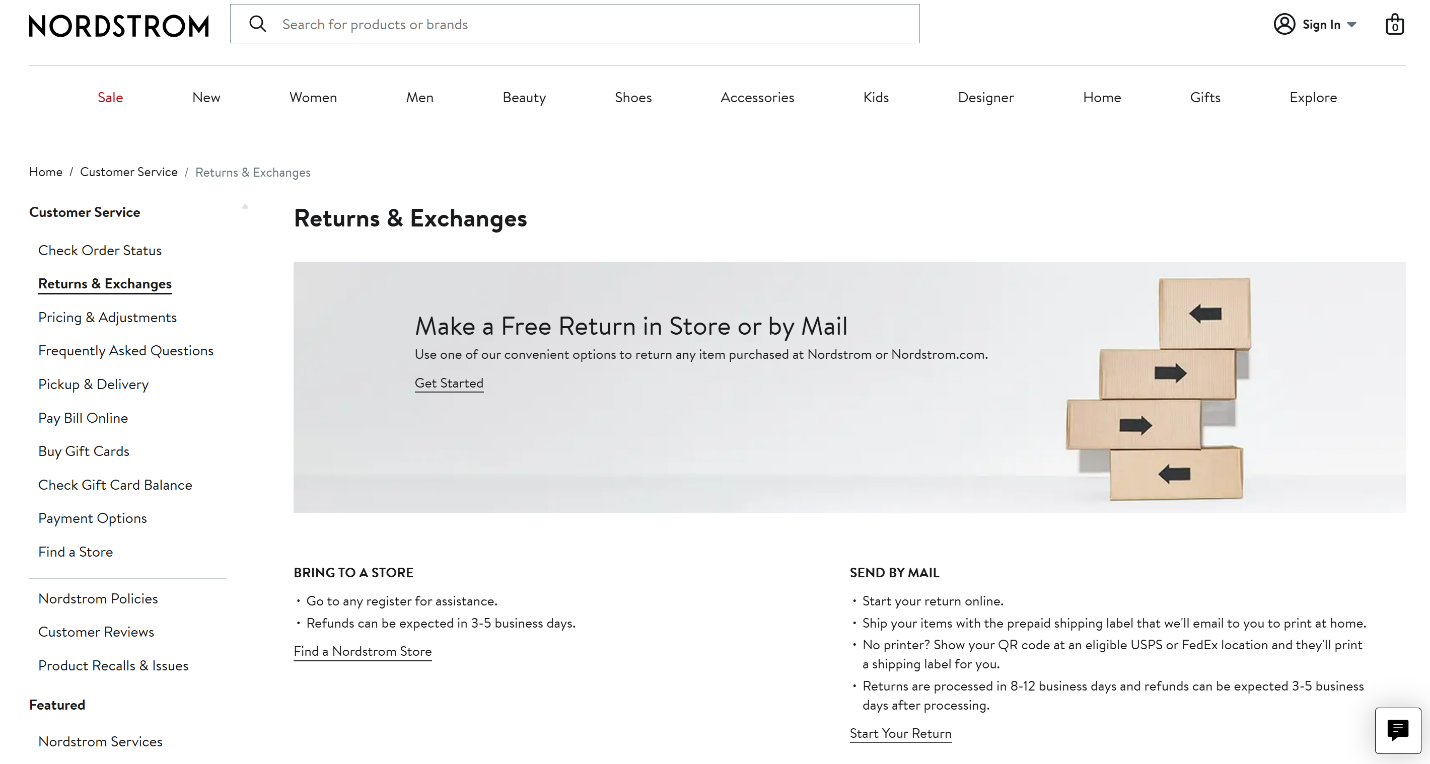Omnichannel Customer Experience: What it is and Why you Need it
An effective omnichannel customer experience puts your customers at the center by syncing every interaction across email, SMS, chat, and social. Explore how businesses can enhance customer experience, increase engagement, and boost long-term loyalty.
On this page
With customers becoming more comfortable with online shopping, a great omnichannel customer experience is no longer a nice-to-have. Instead, it's a must-have because customers are increasingly spoiled for choice.
Companies must follow their customers, and customers are now interacting with companies across multiple channels. What started as a website-and-email combo has now evolved into a website-email-text-messenger-and-social media combination, with more channels being added regularly.
If you are new to the omnichannel customer experience or looking to improve your omnichannel strategy, you've come to the right place.
This article will take a deeper look at how you can create an unforgettable omnichannel customer experience for your company or brand, plus some examples to inspire you.
What is an omnichannel customer experience
Omnichannel signifies a unified approach to communication that incorporates a variety of online and offline channels. Popular digital channels include email, live chat, SMS, and social media, while offline touchpoints might include physical stores, events, kiosks, and in-person customer service.
When we talk about the omnichannel customer experience, we refer to how a brand communicates with customers across these channels in a coordinated, consistent manner. Whether someone browses online, visits a store, or interacts through a mobile app, all channels should work together seamlessly. That means sharing data across touchpoints so the customer journey feels smooth, personalized, and uninterrupted—regardless of whether it’s happening on a screen or in person.
Why is omnichannel customer experience important
The behaviors of customers have changed from what it was a decade ago. Today, customers are more adapted to shopping and buying online through various channels. Thanks to the advances in the ubiquity of devices and online platforms, which are primarily exacerbated by the pandemic and sent most workers indoors and online.
As businesses adapt to these changing customer behaviors, integrating features like live streaming from mobile into their online strategies can be a valuable way to meet customer expectations and create meaningful interactions that drive customer satisfaction and loyalty.
In any case, modern customers want to discover goods on multiple channels & devices and interact with companies in different ways that are convenient to them.
These channels include:
- Live chat on the website
- Social Media
- Messenger (or WeChat in Asia)
- SMS
- Phone
- In-store or physical locations
Combining these channels can help companies provide positive experiences for their customers, increase their sales, make their products and services more sticky, and convert those customers into brand advocates.
5 Benefits of an omnichannel customer experience
Omnichannel allows companies to provide their customers with a personalized experience that can delight them in many different ways.
Companies that provide an omnichannel customer experience can get:
- Higher engagement and sales: According to research conducted by Omnisend (which focused on analyzing marketing efforts executed on one channel versus marketing on at least three channels), omnichannel marketing had 3x the engagement and a nearly 5x higher purchase rate than single-channel marketing.
- More data to improve the experience: Customers behave differently and share different information on different channels. Getting deeper data on the customers enables companies to gain valuable insights, offer better personalization, and improve customer experience.
- Greater customer loyalty: Retention rates and customer loyalty increase significantly with better personalization and communication. It increases sales without increasing acquisition costs.
For customers, omnichannel customer experience is also beneficial because they get:
- Better choices: Some customers love email, and others hate it. Some love Messenger, others not so much. Omnichannel communication allows customers to choose how they communicate with companies on the channel they are most comfortable with.
- Faster communication and issue resolution: Customers also get faster responses, primarily when companies use chatbots, SMS, etc.
Difference between omnichannel and multichannel customer experience
How to create an omnichannel customer experience
The omnichannel customer experience is excellent for both the company and the customer, but it does require a few steps to set it up effectively
1. Understand your customer journey
If you want to create that smooth experience across all your channels, you’ll need to understand how your customers often come to and interact with your company. This will require you to map your customers’ journey to see all their common touchpoints and standard sequences.
This is also a good time for you to audit your customer journey and identify any issues or gaps that can cause problems. This will help you make tweaks and optimize the shopping experience before customers even interact with your company.
2. Ask for feedback
If you want to find out more about your customers, you should talk to your customers. Getting direct feedback from your current or past customers can really help you understand the good and bad parts of their customer journey with your brand.
This is crucial information that you can use to improve your omnichannel setup to provide a more comprehensive and effective customer experience.
You can do this by asking for reviews after a customer has purchased, sending out surveys to shoppers (who haven’t bought yet), and many other tactics to hit different parts of the customer journey.
3. Get the right tools
A true omnichannel customer experience has data at its foundation. The strategy we discussed earlier uses that data, but the omnichannel customer experience really relies on data being synced quickly, continuously and dependably among the different channels.
Support agents should be able to see the order the customer placed on the website, the shipping confirmation sent via SMS, and the initial questions the customer had on messenger.
Often, this includes not only solutions on those different channels, but a single view that the support agent or company representative can use to see all that data quickly when communicating with the customer.
4. Get company-wide buy-in
Lastly, it’s important that you get all the necessary information and buy-in from the differing departments within your company (depending on its size). After all, an omnichannel customer experience involves all customer touchpoints, including:
- Marketing/acquisition, like PPC campaigns and your website
- Sales
- Customer support
- Technical support
- Product
When all of these teams share a strategy for communicating with the customer, the omnichannel customer experience has a much better chance of being successful.
How to improve the omnichannel customer experience
If you already have an omnichannel strategy in place, there are still many ways you can improve the omnichannel customer experience.
We’ll go through a few of the most common and effective ways.
1. Keep talking to your customers
If you had surveys and feedback before developing your omnichannel strategy but haven’t gotten feedback since then, you could be setting yourself up for failure. You need to continually get feedback from your customers through reviews and surveys to understand how effective the current strategy is and how to adapt it to fit more customers.
2. Optimize your mobile experience
The omnichannel customer experience will lean heavily on technology, so you must get your mobile capabilities up to scratch. Modern customers are generally glued to their phones, and while they may not buy on mobile, they are highly likely to browse on mobile.
Make sure your store offers a great mobile experience. Even better, if you have a mobile app, make sure that it provides a memorable experience, removing any friction stopping users from accomplishing what they want.
Also, ensure that you generate QR codes for your website or app and place them in strategic locations, thus ensuring a physical to digital experience for your customers
3. Answer questions more quickly
Customers are most sensitive (both in terms of being disappointed and being delighted) when they encounter problems and require assistance. One way to give them world-class service is to ensure you respond promptly.
All the best technology and process will be rendered useless if customers’ tickets are left unanswered for days or even weeks. It’s also crucial that you make customer support visible through all your channels, it should be easy for them on your website, in-app, on Messenger, etc., contact customer support.
4. Retain customers with rewards & loyalty programs
Marketing and sales are not only for the acquisition stage of your customers’ journeys, but it’s also crucial to focus on your existing customers to keep them around for longer. Leverage a loyalty program to retain a customer and bring impressive benefits to your business.
The best way to turn customers into brand advocates is by launching loyalty programs with attractive rewards and incentives. These will nudge customers further along their customer journey. The more they do with your store—such as buying a product, engaging on social media, or even subscribing to your newsletter—the more rewards they get. This leads to better engagement with your communications and higher sales overall.
5. Bridge online and offline channels
Use technologies like QR codes, NFC tags, or mobile apps to create a seamless transition between physical stores and digital experiences. Allow customers to browse online and pick up in-store (BOPIS) or return online purchases at physical outlets.
6. Empower in-store staff with digital tools
Equip sales associates with mobile POS systems or tablets that access customer profiles, order history, and inventory. Train staff to offer personalized experiences based on insights gathered from online behavior.
7. Enhance in-store experience with personalization
Use customer data to tailor in-store interactions. For example, greet loyalty members or recommend items based on past shopping behavior. Offer digital receipts, personalized product suggestions, or mobile-triggered offers while customers are in-store.
8. Connect in-store and digital interactions
Create a consistent experience by aligning branding, messaging, and offers across physical and digital environments. For example, promote in-store-exclusive deals through email or let customers start their journey online (browsing products, checking inventory) and complete it in-store. This ensures continuity in experience and boosts conversion.
9. Stay consistent
Lastly, part of your omnichannel strategy should include consistency of syncing, branding and communication style across all channels. One channel, your website, shouldn’t come off as formal while your live chat is casual. For the most part, customers prefer a friendly, approachable communication style which can lessen the friction of shopping and getting their questions answered.
3 Companies that are nailing their omnichannel customer experience
Here are 3 examples of excellent omnichannel customer experience in action:
1. Starbucks
Starbucks has crafted an impressive omnichannel experience that strengthens customer relationships and promotes repeat business. Through its highly popular mobile app, customers can place orders, choose a pickup location, make payments, and collect their purchases in-store.

The app also gives customers access to exclusive deals and promotions while allowing them to earn points that can be redeemed for free beverages.
2. IKEA
IKEA has long been known for delivering outstanding shopping experiences, and they continue to evolve by expanding the channels within their omnichannel approach. One example is their “Click and Collect” service, which smoothly connects online purchases with in-store pickup. Customers simply select this option at checkout and choose the store location where they want to collect their order.

3. Nordstrom
Nordstrom, the iconic department store, has perfected the ability to extend its omnichannel experience beyond just the purchase stage. Customers can conveniently return items at any Nordstrom location, regardless of whether they bought the product online or in-store.

For those who prefer to return items by mail, the process is simple; customers fill out an online form, and Nordstrom provides a prepaid return label for easy shipping.
4. Walmart
A notable example of in-store customer experience is Walmart. In 2024, Walmart announced plans to remodel 650 stores across 47 states and Puerto Rico over the next 12 months.
These updates include improved store layouts, broader product selections, and the introduction of new technology to enhance the shopping experience. Additionally, Walmart aims to enhance accessibility with bolder signage and revamped pharmacies featuring wider aisles and private checkout spaces.
The company is also expanding its online order pickup and delivery services, further integrating its omnichannel approach to meet evolving customer expectations.
Build loyalty through omnichannel experiences
Creating an exceptional omnichannel customer experience isn’t just about being everywhere at once. It’s about deeply understanding your customers — what makes them happy, what frustrates them, and what keeps them coming back — and using that knowledge to design meaningful and consistent interactions across every touchpoint.
But knowing what customers want and delivering it are two very different things. To bridge that gap, you need the right tools to bring your strategy to life. That’s where Loyalife can make a real difference. Here’s how it helps you turn your omnichannel vision into reality:
Personalizes the experience at every touchpoint
Loyalife helps you use customer data to create personalized rewards and offers that reflect each customer’s preferences, whether they’re shopping online, in-store, or through your app. This makes interactions feel more personal and builds trust over time.
Connects all channels into one seamless loyalty journey
Customers want consistency. Loyalife unifies your loyalty program across platforms so shoppers can earn and redeem points or rewards wherever they engage with your brand. This makes sure no matter how they shop, they always feel recognized and valued.
Encourages meaningful engagement, not just transactions
With Loyalife, you’re not just rewarding purchases. You can engage customers for a wide range of actions, from writing reviews and sharing on social media to attending events or referring friends. This creates a deeper connection and makes them feel like part of your brand community.
Reports and insights to keep improving
Loyalife’s real-time reporting doesn’t just spit out numbers. It helps you understand what’s working, what’s not, and where you can improve. This lets you adjust your programs to keep your customers excited and engaged without guessing.
Supports long-term loyalty, not just short-term wins
By focusing on personalized experiences and meaningful rewards, Loyalife helps you move beyond discounts and one-time offers to build a loyalty strategy that strengthens relationships and keeps customers coming back year-round.
If you want to stop just thinking about omnichannel and start delivering it in a way that truly matters to your customers, now is the time.
Book a demo with Loyalife today and see how you can create experiences your customers will love and remember.









